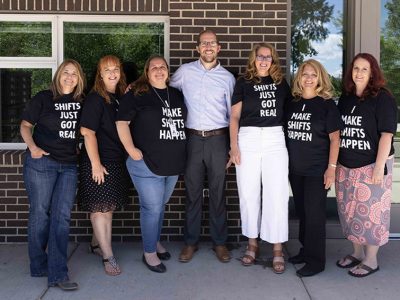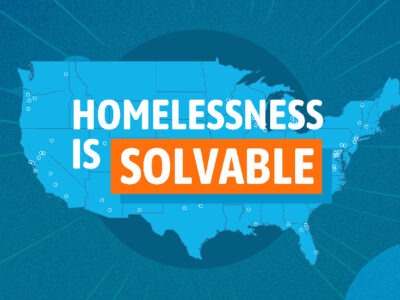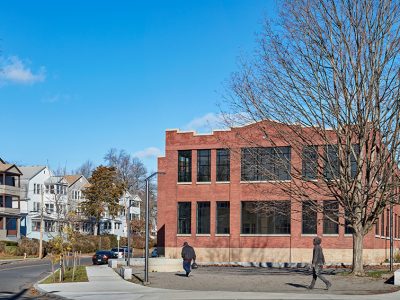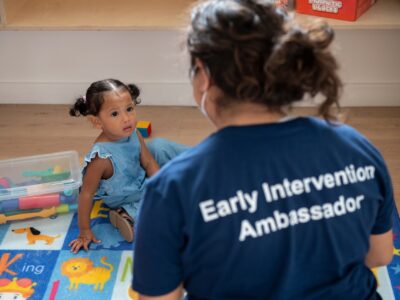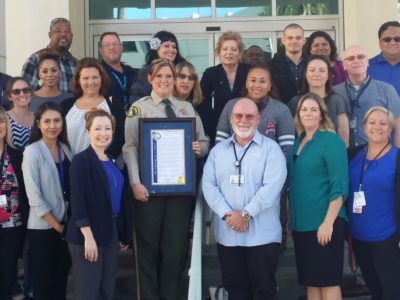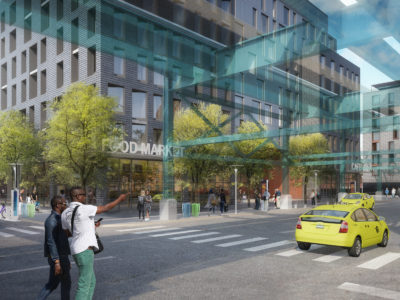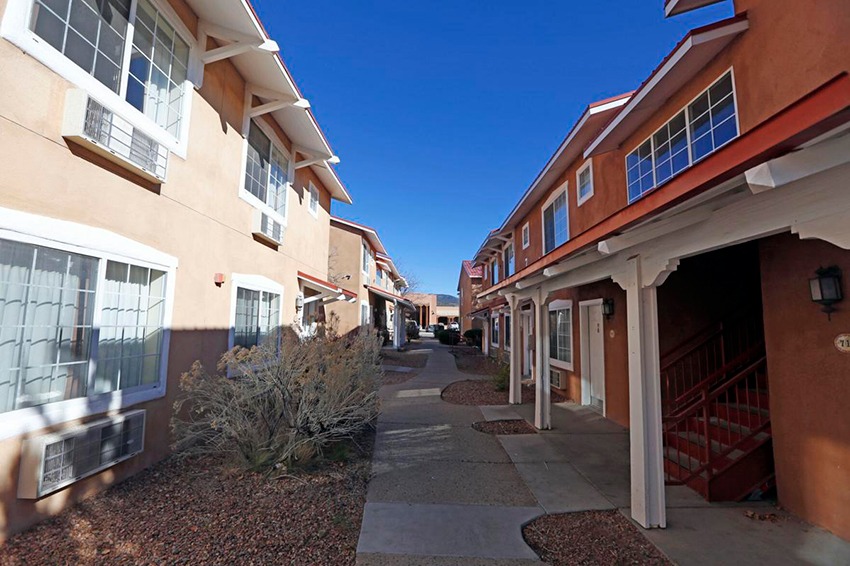
More affordable housing, faster
How we’re using social impact capital to help communities end homelessness
Communities in Built for Zero have proven the power of setting a shared aim, knowing those experiencing homelessness by name, and working as a single team to drive toward functional zero.
In some cases, these changes have propelled communities all the way to functional zero homelessness for one or more populations. But in others, additional housing is required to finish the job. Right now, Built for Zero works with a quarter of all “Continuums of Care” across the country, including some of the fastest growing cities in the United States.
The truth is, traditional ways of creating affordable housing are typically too slow or rigid to adapt to dynamic housing needs. Community Solutions continues to test and scale new models of financing and providing housing directly linked to reaching functional zero homelessness. Projects share four characteristics:
- Properties are directly connected to the homelessness system. Units are linked to local response and specifically matched to those who are most in need.
- They utilize social impact capital. Social impact capital enables the nimble acquisition of existing properties for mission-driven purposes on favorable terms.
- Owned by national or local nonprofits with shared goals. This shifts properties into affordable use for the long term.
- An enhanced property management model. Property management and social services staff are trained together in the problem-solving practices that result in successful tenancies and prevent future homelessness.
We first tested this model in 2018 in Metro Denver. We secured a large rental property in just 90 days with the help of local social impact investors. By working with the local Continuum of Care, veterans exiting homelessness are prioritized for vacancies. In 2021 we laid the groundwork to scale this model to other large Built for Zero communities.
Milestones
Community Solutions repurposed Santa Fe Suites, a 120-unit, extended-stay hotel, to serve those exiting chronic homelessness and low-wage workers.
Community Solutions acquired Centra Villa, a 132-unit affordable housing development located near the Fort McPherson VA Clinic in Atlanta. Centra Villa is now serving veterans exiting homelessness and low-wage workers.
Our organization assisted Detroit Rescue Mission Ministries in converting a temporary shelter for homeless veterans into 61 units of permanent housing for veterans, with support from Rocket Mortgage and The Home Depot Foundation.
Learnings
Using social impact capital, we can unlock a more rapid and flexible process for closing housing supply gaps.
The traditional model for developing affordable housing, which relies on Low-Income Housing Tax Credits, is inadequate for meeting communities’ affordable housing needs. Tapping into the resources of mission-oriented investors can deliver projects in far less time at lower costs. New federal resources can also be applied to this approach to secure existing properties, preserve their affordability, and make housing immediately available to those in greatest need.
The City of Santa Fe partnered with Community Solutions to use a mix of public, private, and philanthropic funds to acquire an extended-stay hotel, which provides safe accommodation for more than 120 people. The $9 million budget was funded by:
- $3.9 million in debt financing
- $2 million in CARES Act funds from the City of Santa Fe
- $1.99 million CARES Act funds from the New Mexico Mortgage Finance Authority
- $600,000 from nonprofit investors
Centra Villa Apartments, a 132-unit apartment building in Atlanta, was acquired through a public-private partnership of national and local organizations. The $12 million budget was funded by:
- $2.6 million HomeFirst grant from the City of Atlanta
- $1.8 million social impact loan from the Atlanta Affordable Housing Fund
- $7.6 million Fannie Mae-backed mortgage through Bellwether Enterprise Real Estate Capital
- $500,000 from The Home Depot Foundation
We are racing against private equity and hedge funds to secure existing affordable housing and keep it affordable.
With rental properties being acquired quickly by corporate investors, a new acquisition fund will allow us to move quickly to secure properties in targeted Built for Zero communities.
Housing alone cannot end homelessness: a coordinated system is also necessary, that links available homes to those experiencing homelessness.
Across the country, many efforts are underway to develop affordable housing. But in many cases, new properties are not directly linked to the homeless response system. Because Built for Zero communities have coordinated systems in place, new housing units can be matched directly to those most in need to steadily, and measurably, reduce and end homelessness.
More from the 2021 Impact and Learning Report

The future we can build, together
It’s 2026. Homelessness is no longer seen as intractable, and ending it is no longer seen as exceptional. It’s expected.


